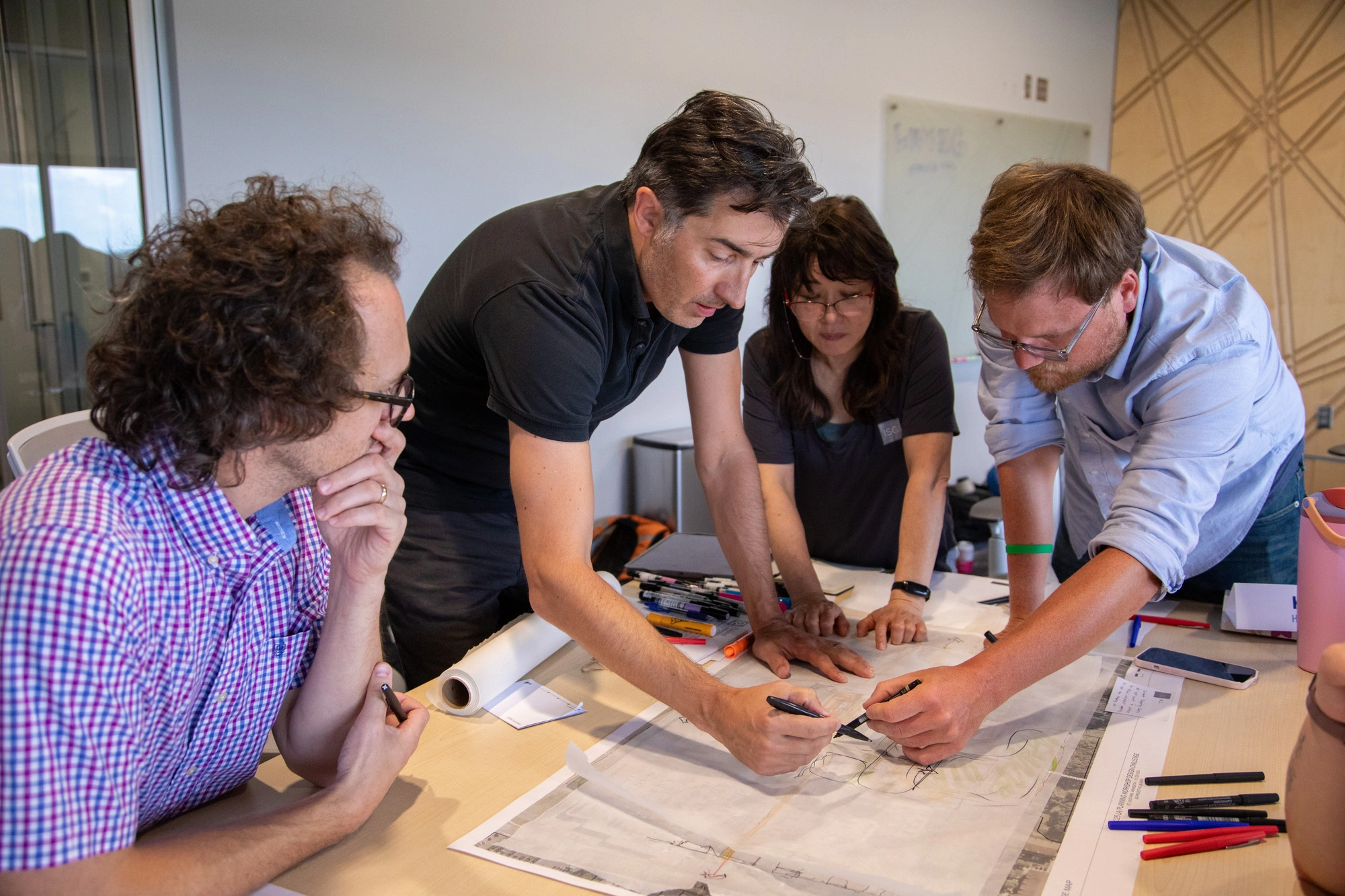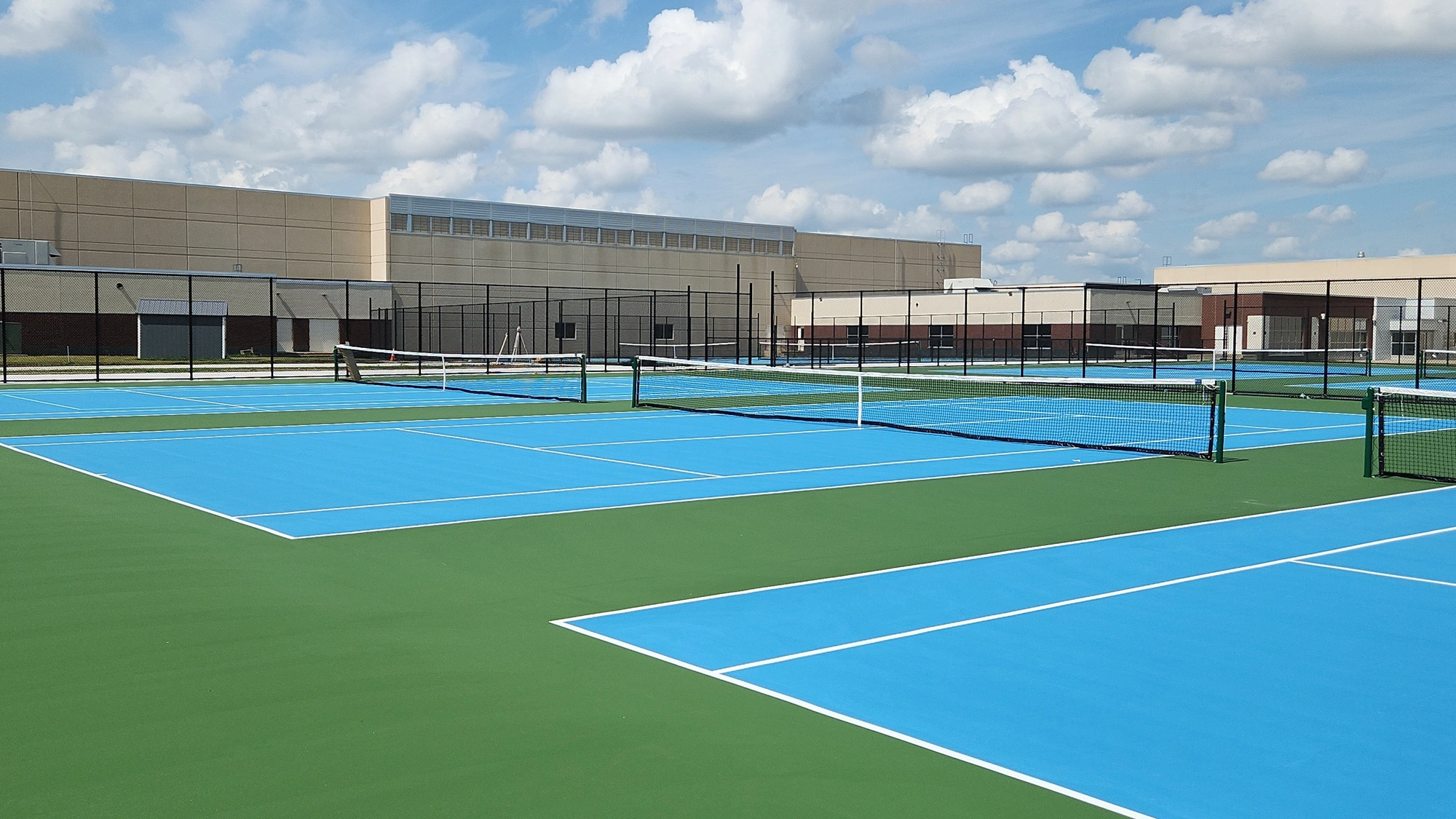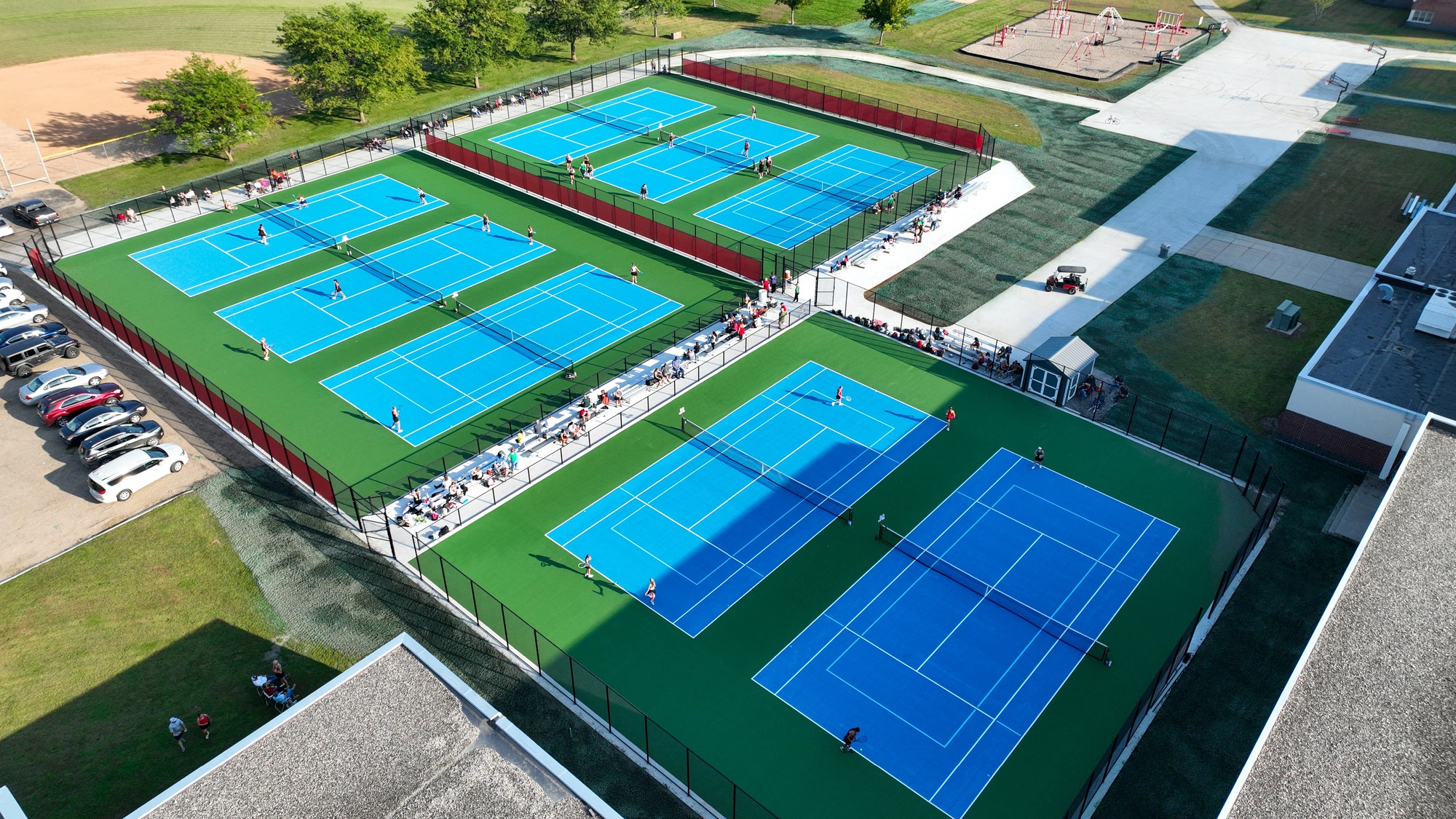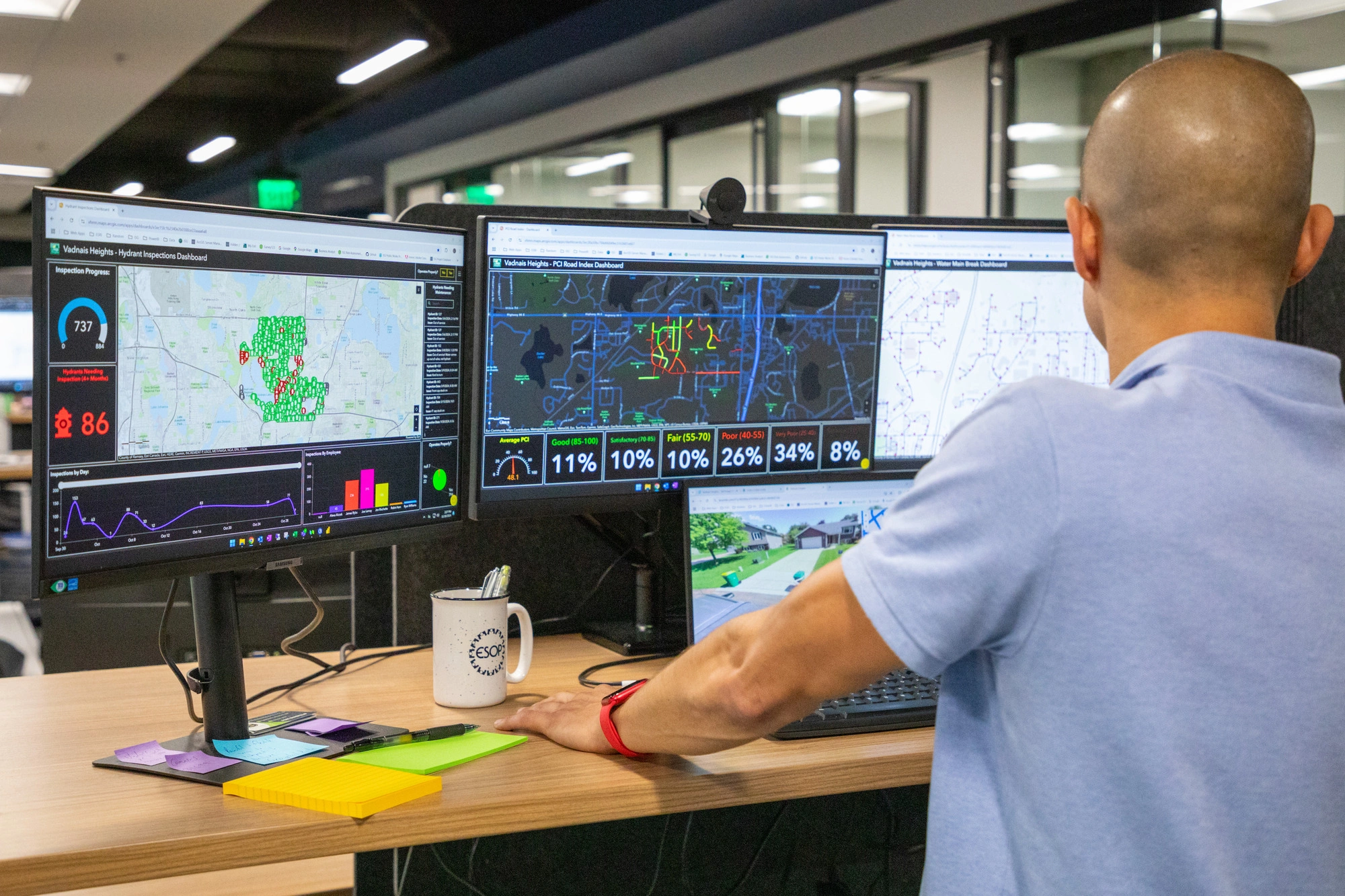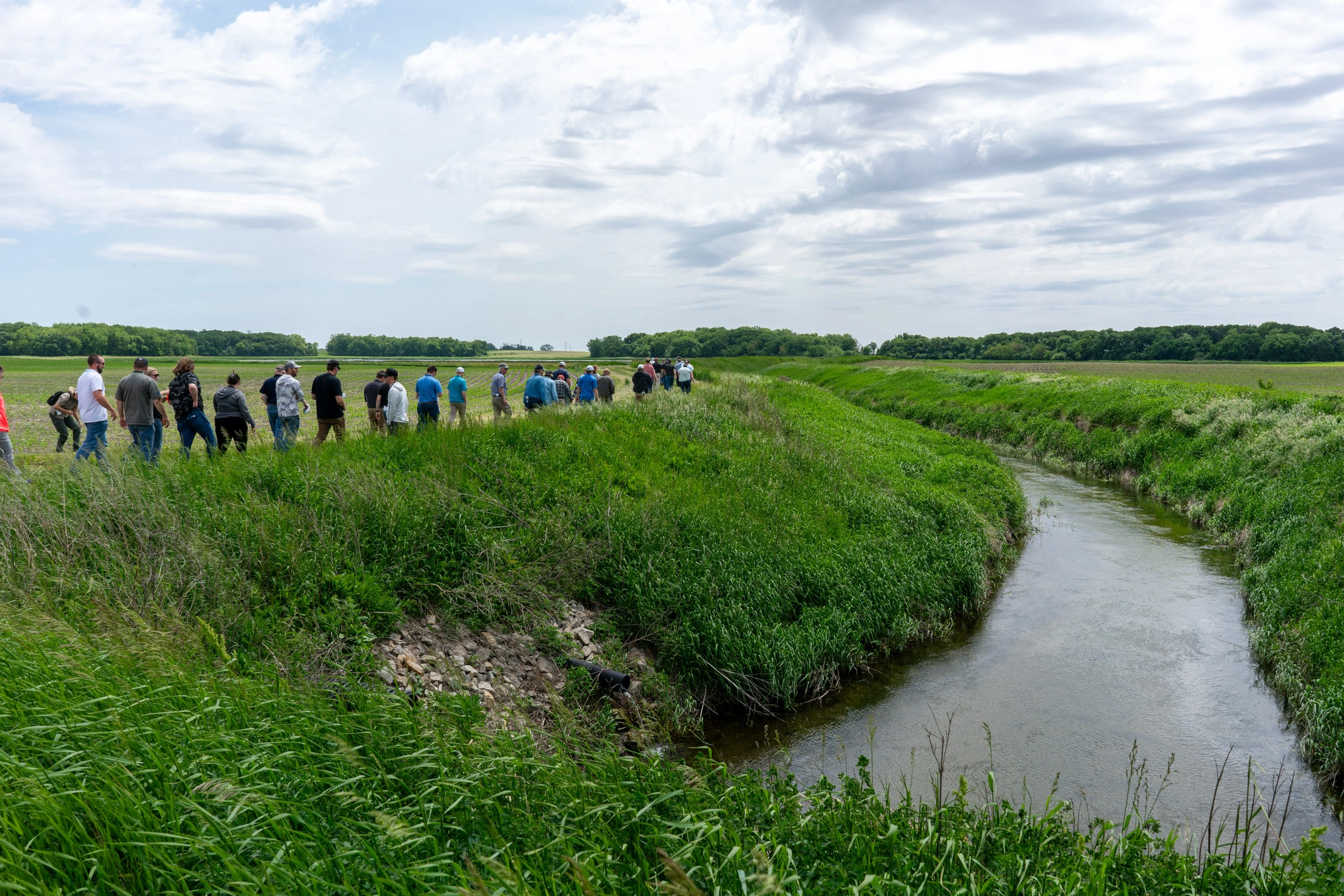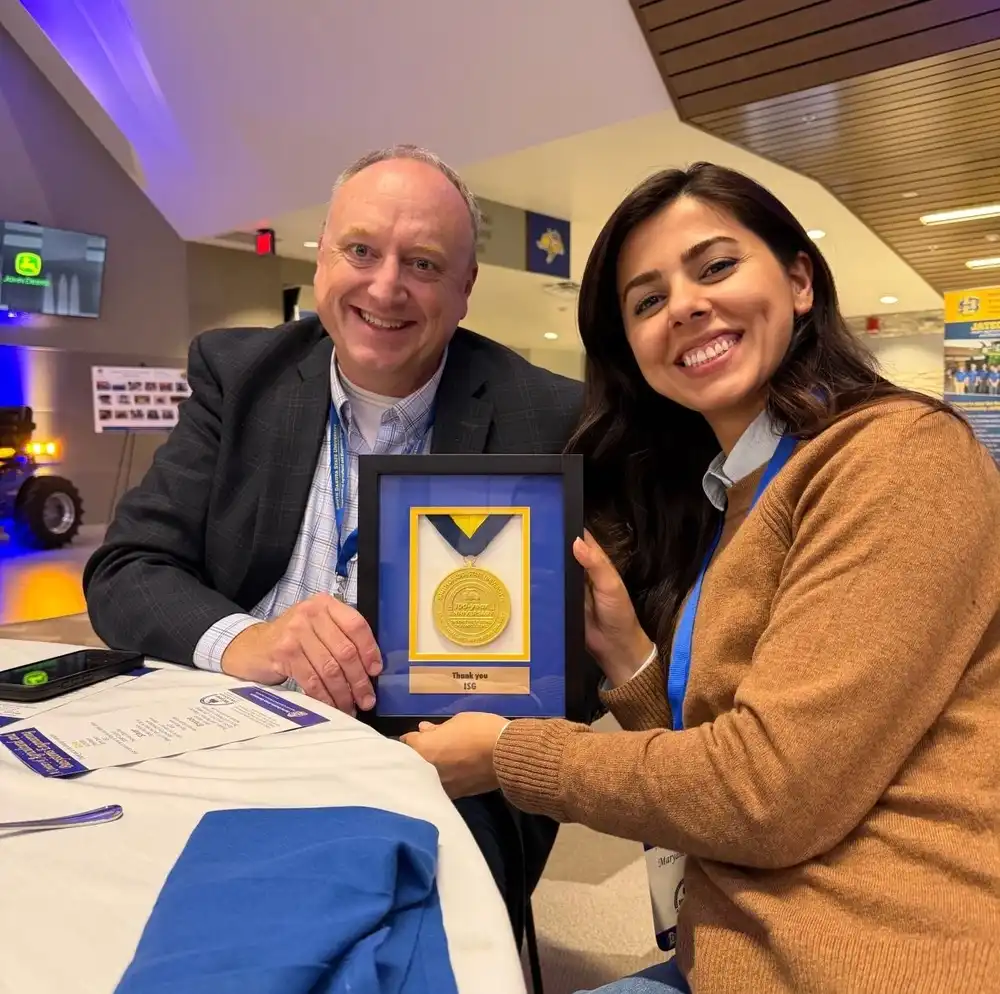The Benefits of Using Recycled Water for Industrial Use
Industrial food processing facilities depend on complex operations that often require significant quantities of water. Water plays a central role within many steps of the processes, whether as a direct ingredient, a processing aid, or temperature control. Using recycled water where potable water is not required can significantly reduce strain on the watershed and reduce the total amount of fresh water needed in a facility.
Why Does It Matter?
Water is a limited resource. Weather patterns are shifting, and water demand is increasing, making water availability less predictable for some communities and facilities. Industries are often large water consumers within communities, specifically demands on aquifers and treated potable water.
Of the roughly 394 billion gallons of water used daily, almost half is used for industrial applications, including irrigation. Source water contaminants also limit the water available for some drinking and food production applications, further straining the availability of water for industrial use.
Moving Toward Water Positivity
Water positivity means giving back more water to freshwater sources than are taken out. This proactive and sustainable approach to water management helps restore and preserve water resources and can be achieved through intentional water management practices.
Many corporations have committed to achieving water positive production facilities. The companies are investing in conservation, recycling, and innovative technology to reduce demand on freshwater resources. The road map to water positivity is complex and specific to individual facilities, production requirements, and impacted watersheds.
Reduce Demand Through Optimization
The first step of developing a water positivity plan is to understand the facility’s water use. It is essential to have daily—or even hourly—metered and totalized freshwater tracking. Freshwater is often distributed across multiple areas, including employee breakrooms, restrooms, production ingredients, cooling, and heating. It is important to understand where all water is going.
Accurate and detailed tracking leads to 100% accountability for water utilization. When starting the tracking process, it is often common to find water use that has been unaccounted for, often leading to the discovery of a leak or another opportunity for immediate improvement.
Example: While investigating water that was unaccounted for in a paper manufacturing facility, an offshoot three-inch line was found recirculating water into the cooling tower discharge. The line had been put in place several years prior as a temporary solution to prevent the line from freezing during winter weather and, unfortunately, had been overlooked. Investigating the unaccounted for water and identifying the issue led to a quick fix without a large investment or a loss in production.
Once the facility is metered and all water is accounted for, the next step is to establish a water use metric tied to production output. The measurement is generally developed to best fit the facility’s production, such as gallons of water per widget or an amount of incoming raw material. There is usually a linear relationship between production rates and water use.
Communicating water performance metrics across the facility will help build awareness and accountability. Recognizing areas of improvement and investigating anomalies will drive continuous progress.
Use Recycled Water
A key factor in achieving water positivity is using recycled water in place of freshwater. Recycled water refers to water that has already been used for a primary purpose, such as boiler blowdown, cooling tower blowdown, or wastewater. Recycled water is typically categorized into three types, each presenting unique challenges and opportunities.
- Non-contact wastewater has been used in production but does not come into direct contact with production ingredients. It typically originates from sources such as cooling tower and boiler discharges, reverse osmosis reject from water treatment, and filter discharges. This type of wastewater tends to have less organic content but may contain higher levels of dissolved solids. It can also have elevated temperatures which may limit its reuse in certain applications.
- Domestic wastewater comes from domestic sources like restrooms and kitchens and is typically the most abundant wastewater type in a community. Treatment that meets discharge standards for streams is usually insufficient for reuse; however, adding tertiary treatment to the existing required processes can improve water quality to make reuse possible. Domestic wastewater is the most challenging to reuse in a production facility due to the additional treatment necessary and the potential contaminants associated with domestic waste like E. coli.
- Industrial wastewater is generated during the production process and treated afterward. Often, domestic wastewater is segregated from industrial wastewater before treatment to limit its exposure to domestic waste. Industrial wastewater tends be the most complex in both organic and inorganic loading.
Despite these challenges, many facilities are already proving that recycled water can be both a sustainable and efficient alternative.
Identifying Opportunities
Let ISG help you explore how these opportunities apply to your facility. Our in-house refrigeration engineering and industrial wastewater teams can help analyze your specific water use and identify targeted strategies to improve efficiencies and enhance production. Reach out to learn how we can support your efforts to optimize cooling systems and reduce water consumption.
_webfull.webp)
_webfull.webp)
_webfull.webp)
Related Articles

.webp)
ISG Recognized as a 2025–26 Emerging Professional Friendly Firm for the Fourth Consecutive Cycle
ISG has been honored as a 2025–26 Emerging Professional Friendly Firm by AIA chapters in North Dakota, South Dakota, Wisconsin, and Minnesota in recognition of its commitment to fair compensation, licensure support, mentorship, and growth for early-career architects.





